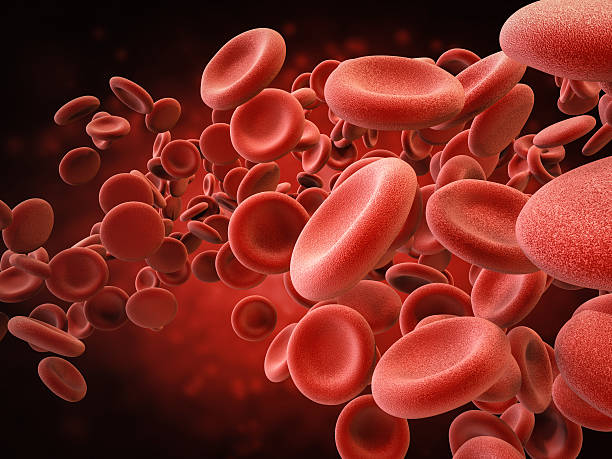Surgery and Blood Clots

Does surgery increase the risk of blood clots? There is a link between surgery and blood clots, but some steps to prevent or reduce the risk of such incidents are recommended by healthcare professionals following surgical procedures.
Do Surgery and Blood Clots always go together?
Just because you have a surgical procedure doesn’t mean that you will develop a blood clot. However, there is an increased risk of developing a blood clot following any type of surgery that requires either bedrest or inactivity to aid in recuperation. Even so, doctors and healthcare professionals will encourage patients to get up and moving as soon as possible following surgery in order to prevent blood clots from forming. This is why, even after major surgery such as hip replacement, your healthcare providers will strongly urge you to get up on your feet and move a little, even if it’s to take a single step.
Why?
Any type of surgery can raise the potential of blood clot formation, especially those that form in the deep veins of the leg, known as a deep vein thrombosis (DVT). Such clots can form through inactivity that leads to blood pooling in the lower extremities. Long periods of inactivity can also contribute to thickening of the blood, which in turn leads to sluggish circulation and increased risk of blood getting ‘sticky’ or clumping, regardless of the location or type of surgery.
Because any form of surgery can cause tissue damage, the body’s natural reaction to that damage is to flood the area with blood cells to encourage clotting, which in turn stems the flow of blood and aids in healing processes. This is a positive and natural function of the body’s vascular system. However, clots that form inside deeper and larger blood vessels can break off and travel to arteries that supply your lungs, brain, and heart.
Do Blood Clots always form after Surgery?
Blood clots can form after any procedure, from a wisdom tooth extraction to major surgical procedures. The danger of blood clot development is more common following major surgery on areas of organs of the lower torso or injury to the abdominal area, the pelvis and hips, and the lower extremities, including the thigh and calf muscles. This is because the arteries and veins that supply those parts of the body are larger and deeper in the body. Maintaining adequate blood flow post-surgery is vital.
Post-surgical recovery can take time depending on severity. The potential for surgery and related blood clots can also depend on how long or extensive the procedure was, the type of anesthesia used, or even the position your body was in during the procedure. The greatest risk for development of blood clots averages between two and 10 days post-surgery, though your physician will carefully monitor your healing and activity levels for up to three months.
This is why, following surgery, your care providers will encourage you to get you up and moving as soon it is safely possible for you to do so. If you’d like to learn more about blood clots after surgery I would recommend the American Blood Clot Association website for more resources.




